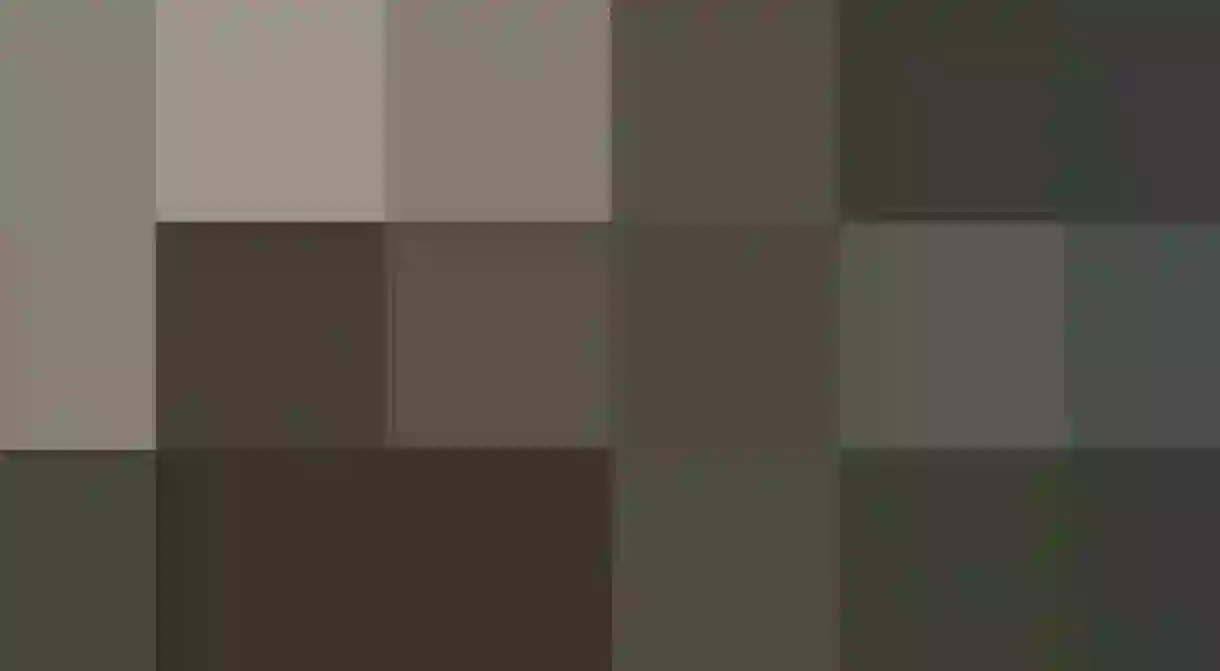Body Parts, Organs and Nature | David Delruelle’s Surreal Collages

With his unusual combinations of people, places, and objects, the young collage artist David Delruelle seems to be a contemporary addition to Belgium’s surrealist movement, which started with the works of Rene Magritte in the early to mid-20th century. The life and work of Delruelle, whose dream-like pieces juxtapose iconic images, give them a completely new meaning.

The art of collage is an experience that many of us enjoyed in our pre-school days. But, in the professional art world, collage is a well-respected and serious craft, and few artists create collage more powerfully than David Delruelle.

Since graduating in visual arts from EPS Saint-Luc Brussels in 2012, Delruelle has dedicated himself to the practice of collage. “What I love about collage art”, says Delruelle, “is the process of making it, searching for old books in thrift shops or flea markets, discovering pictures from another time. I love to work with old paper: the textures, the colors are often very special. I also like the fact that I can give a second life to those books. Painting and sculpture are my two other favorite mediums and I look forward to experimenting with them more in the future.”

Neither highly conceptual nor purely instinctual, Delruelle’s collages are the outcome of ideas inspired by his own memories or reactions to events in the news, and thus brings in social issues. “When I find the right material I let myself go and try several things to give life to my idea,” he explains. There is a play between Delruelle’s ideas, the archetypal images he finds and the way he works on them to create new yet familiar images. Finding just the right images to be manipulated into his collages becomes an important task, and in a way, he must rely on what has been done already so as to create something new.

Although Delruelle does not incorporate his own paintings or photographs into his collages, the artist says it is something he is willing to try: “Right now I am working with black and white photos. I am going to move to Paris for a few weeks to discover new second hand bookshops and try new things. When I come back to Brussels I will be ready to experiment with new materials, painting amongst others.”

Delruelle’s hand-made approach helps to secure the feeling of familiarity you get from his collages. The old photo aesthetic in his pieces works to bore a seamless hole into our memory, making space for these new combinations of things. Instead of using digital techniques to put the collages together, Delruelle prefers to cut and paste with his own two hands. “I really like the touch of paper,” he says, “and being able to see the volume of layers. I also like how challenging handmade collage is, the obstacles that you must bypass.”

There are noticeable common themes throughout Delruelle’s collage collections, namely scenes of natural landscapes, human body parts and internal organs. “These are all we have,” the artist explains. “The absolute greatness of nature is a reminder of how small we are. I like to play with scales, oppositions and confront man to a beautiful, yet dangerous world. Those radical oppositions are often metaphors for way more intimate feelings like love, fear, anger or disgust.”

Based in Brussels, Delruelle opens up about the local art scene saying that “Brussels is a great city for contemporary art. There are tons of great galleries. I wish we could have a real contemporary art museum soon but the new government is not thinking along those lines. They made drastic cuts on the cultural sector budget, it’s really bad.” Delruelle is currently exhibiting his work at the Rossicontemporary art gallery until January 3, 2015.
You can read more about contemporary use of the collage technique in ‘The Age of Collage,’ published in 2013.














